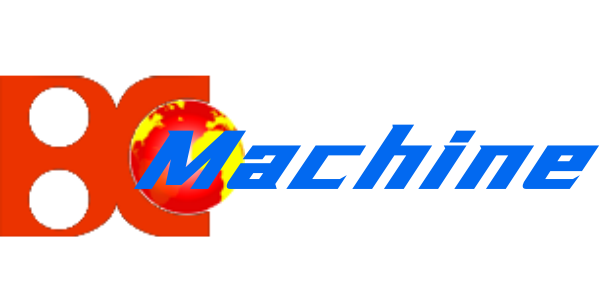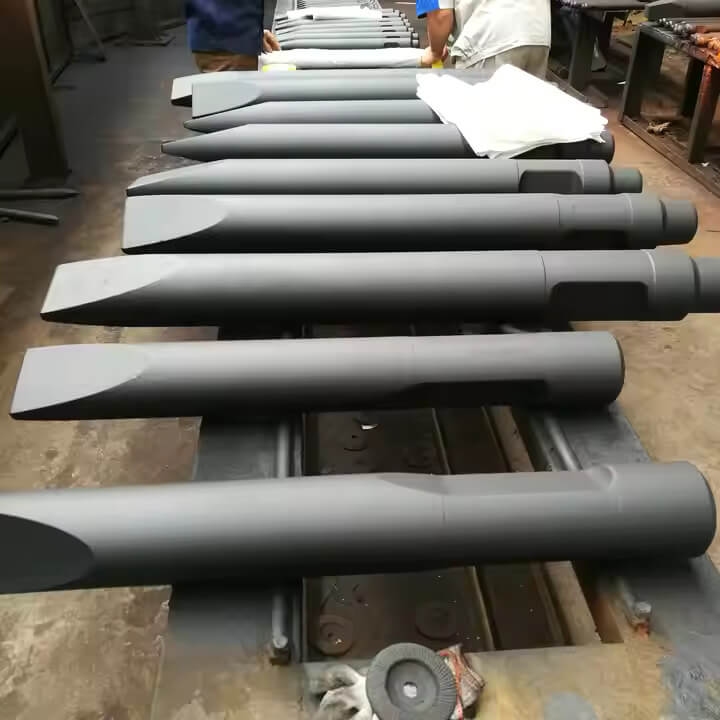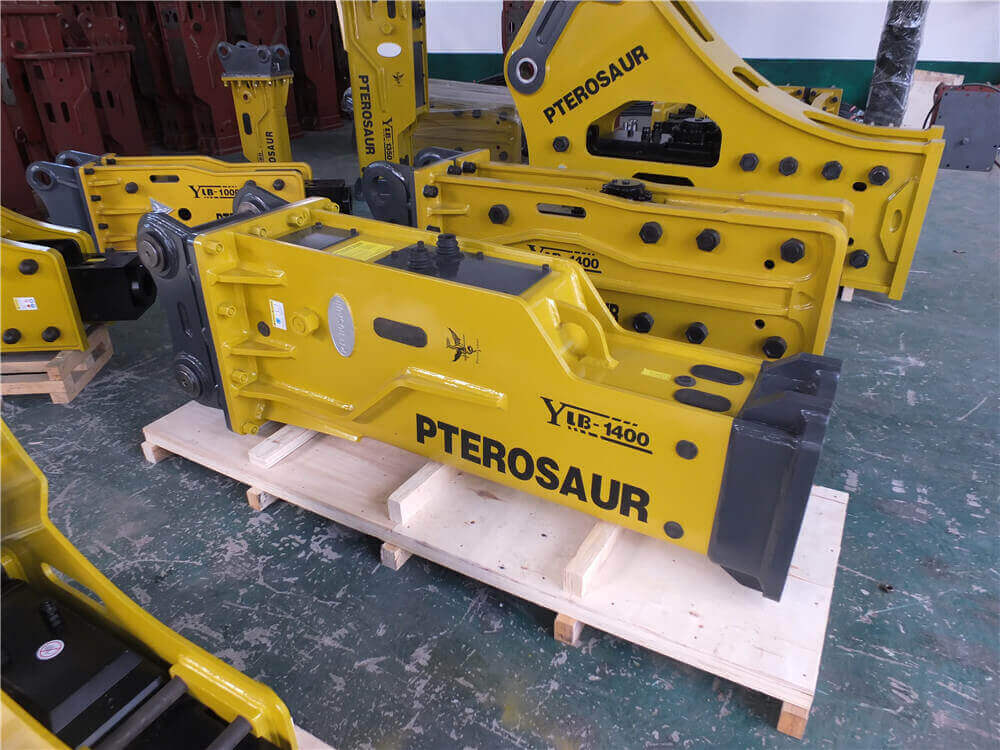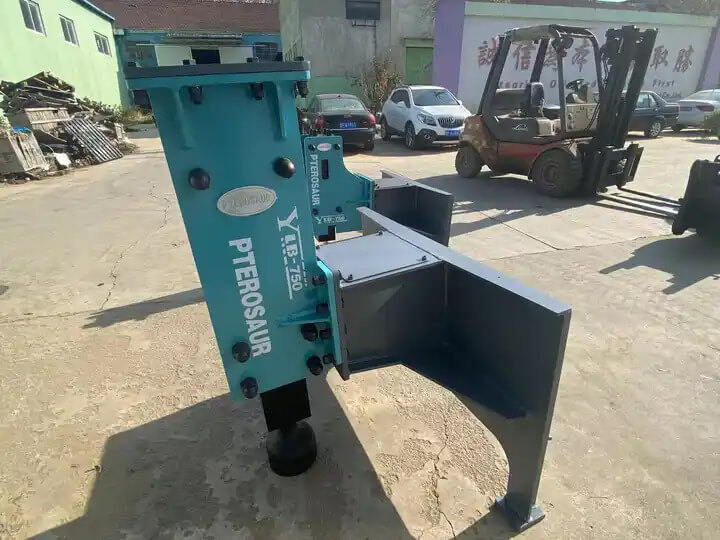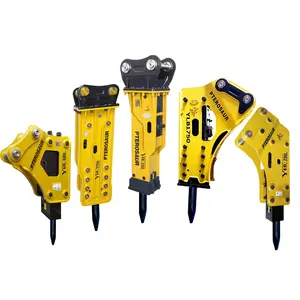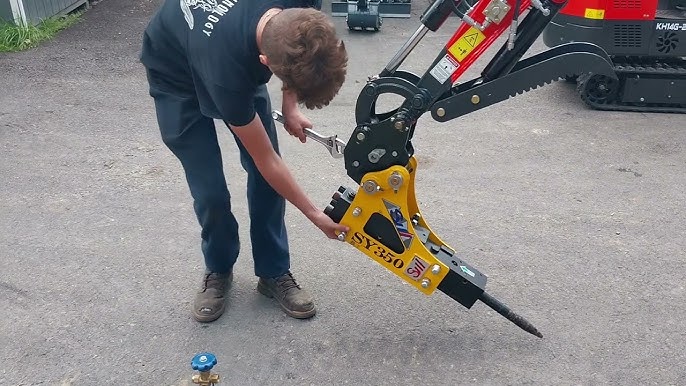
The installation of a spring-loaded quick attach system involves several essential steps and tools. Initially, a toolbox containing wrenches and roll pins is provided, along with a nitrogen tank, which should be discarded once empty. The jackhammers used are relatively inexpensive, typically sold as-is due to their lack of stamped certification. While they may not last forever, they serve their purpose well for the price.
To begin, the roll pin is pounded through to secure the keeper pin. This process allows the roll pin to be inserted and ensures everything is aligned correctly. Keeping the roll pin lubricated with WD-40 helps prevent wear on the components.
Once the assembly is complete, the next step is to charge the quick attach system. The charging kit includes a wrench and gauge to monitor pressure. One side of the line connects to the nitrogen tank, while the other attaches to the valve. The target pressure for the system is between 14 to 16 psi. After achieving the desired pressure, the gauge is read, and the system is sealed.
The quick attach mechanism is designed for ease of use. By applying pressure to the jaws, the system remains open until a new attachment is rolled in. This design eliminates the need for complex tools, making the process efficient.
For those unfamiliar with jackhammers, researching through online resources is encouraged. Understanding the operation and maintenance of these tools can enhance performance and longevity. While the provided jackhammers are basic, they offer good functionality for the price, making them suitable for various tasks.
In summary, the spring-loaded quick attach system is user-friendly and effective, ensuring smooth transitions between attachments while maintaining operational efficiency.
